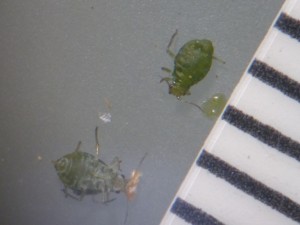Signal crayfish breeding in the Buskin River drainage, Kodiak Island
It appears that the signal crayfish, Pacifastacus leniusculus, is now established in Alaska. See the articles below.
Invasive Species Breeding in Buskin River
http://www.kmxt.org/index.php?option=com_content&task=view&id=6769&Itemid=2
Another Crawdaddy Found in Buskin
http://www.kmxt.org/index.php?option=com_content&task=view&id=6580&Itemid=2
A new species of bathynellid from Alaska
Camacho, A.I., R.L. Newell, Z. Crete, B.A. Dorda, A.Casado., and I. Rey. 2015. Northernmost discovery of Bathynellacea (Syncarida: Bathynellidae) with description of a new species of Pacificabathynella from Alaska (USA). Journal of Natural History. http://dx.doi.org/10.1080/00222933.2015.1083621
From the abstract:
A new species of the genus Pacificabathynella Schminke and Noodt, 1988 is described from groundwaters of Alaska (USA). This is the first record of Bathynellacea Chappuis, 1915 from the far north of America.
These were from the Kwethluk River (60.34520N, 161.089146W) on the Yukon Delta National Wildlife Refuge.







